-

First winter fisheries survey finds toothfish spawning in the Ross Sea
News article06 July 2016At the edge of the advancing winter sea ice in the Ross Sea, a first-ever winter fisheries survey has uncovered new secrets of the Antarctic toothfish. -

Scientists meet to discuss marine future
Media release30 June 2016Marine scientists are proving they know that it takes good bait to catch a big audience. -

Dear diary: A pioneer of meteorology
Feature story30 June 2016The discovery of diaries of an English missionary living in Northland in the 1800s reveals him as New Zealand’s first meteorologist. -

Warmest start to the year on record
Media release28 June 2016The first six months of 2016 are set to be the warmest ever start to the year, according to NIWA’s long-term seven-station temperature series. -

Record-breaking mid-winter warmth
News article23 June 2016NIWA Meteorologist Ben Noll takes a north-to-south look at the record-breaking warm temperatures experienced by Kiwis during the winter solstice. -
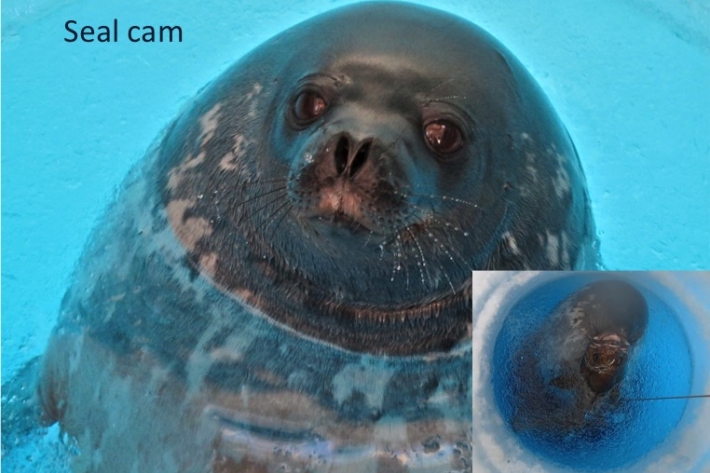
Availability of toothfish to predators – sea ice-based survey
Sea ice-based toothfish surveys have been carried out in McMurdo Sound since 2014. -
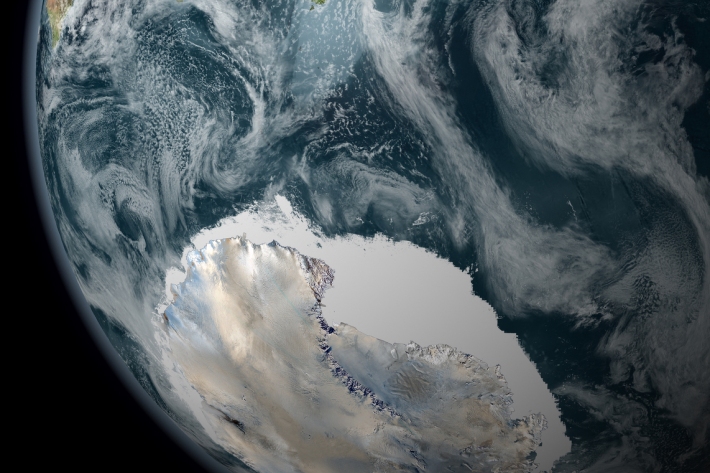
Antarctic fisheries research publications
A bibliography of some of the journal papers and CCAMLR Working Group papers published about the toothfish fishery. -
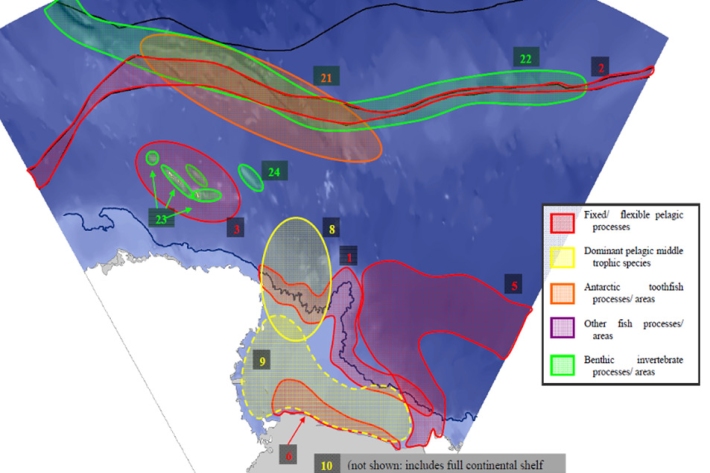
Spatial management of the Ross Sea
The fishery is managed differently depending on the region and specific environmental protection and fishery management objectives in the region. -
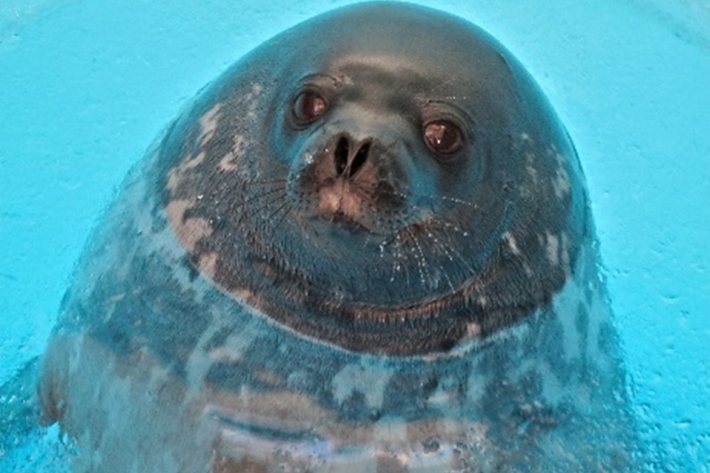
Ecosystem effects of fishing
Find out about the role of toothfish in the ecosystem and the potential effects of fishing. -
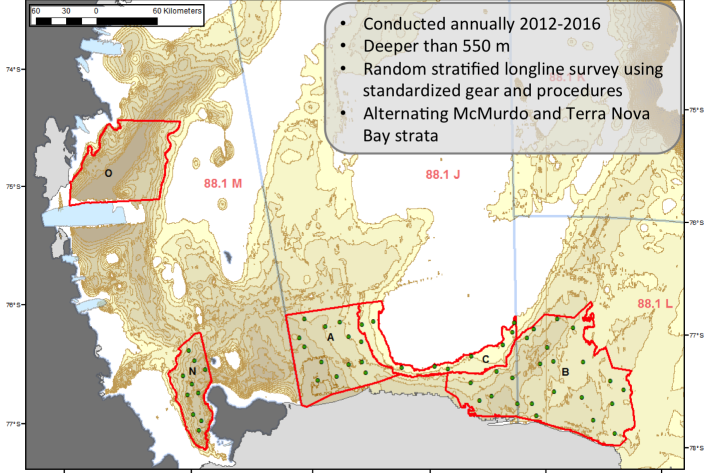
The Ross Sea shelf survey
A survey series in the Southern Ross Sea was started in 2011 to index juvenile abundance. -
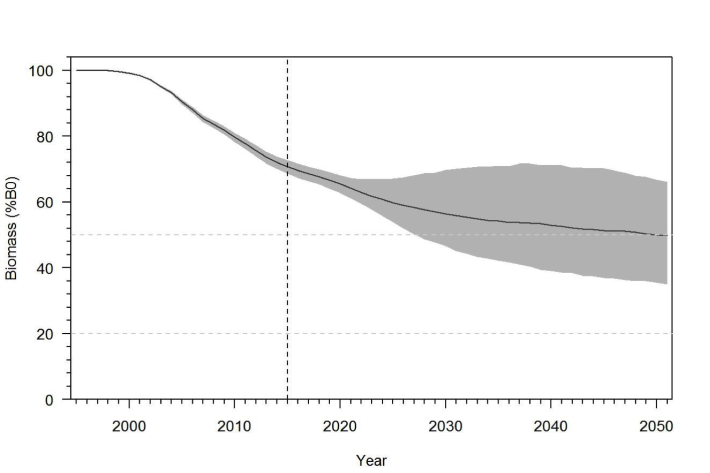
Antarctic toothfish stock assessment
CCAMLR sets annual catch limits, using a stock assessment model. -
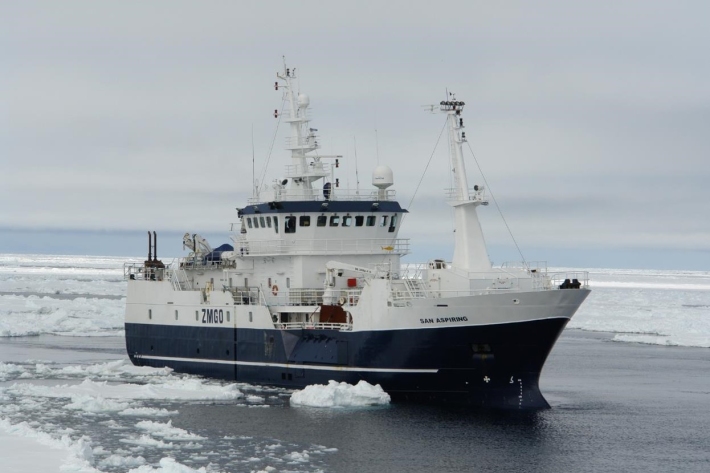
The toothfish fishery
Find out more about the toothfish fishery, including its history, catch, sea ice influences and fishery operational requirements.
